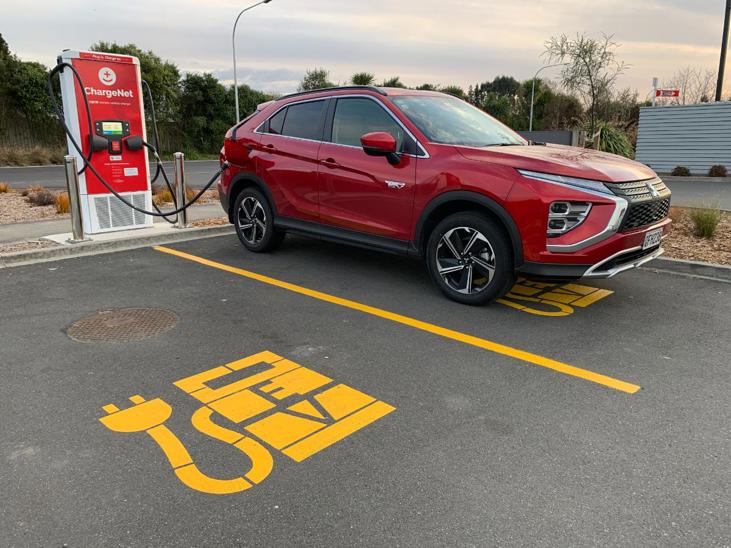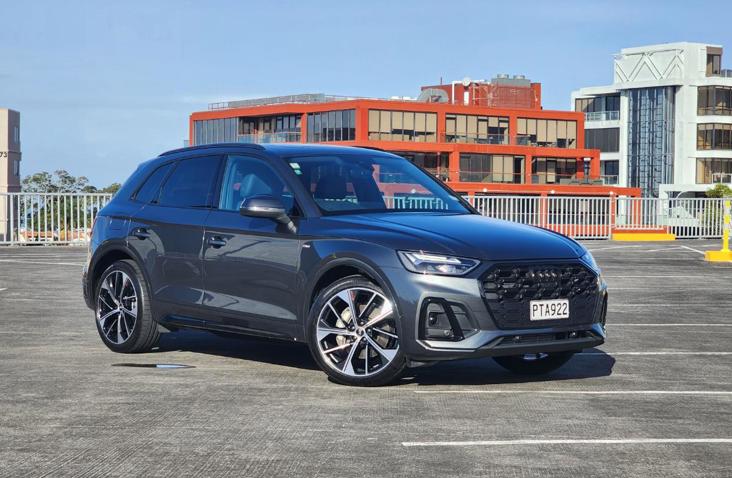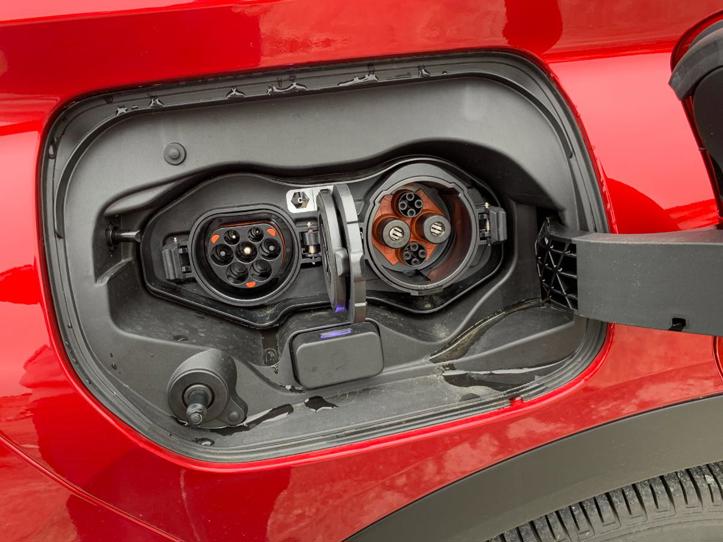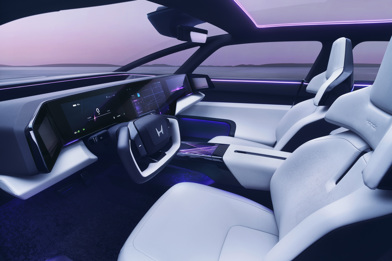Plug-in hybrid electric vehicles (PHEVs) offer the best of both worlds, combining petrol with electric power, but there are pros and cons. While the appeal of plug-in electric cars was certainly an enticing one over recent years thanks to the Clean Car Rebate, with the cessation of the program on January 1, 2024, and the addition of Road User Charges (RUC) on April 1, 2024, the lustre of buying a plug-in electric vehicle (PHEV or pure battery EV) might have lost some of its glossy shine.

BEVs certainly have their place and appeal, but with a market that still can sway towards what consumers demand, the appeal of a vehicle that offers both an economical petrol engine, and the ability to drive on pure electric power on demand surely has merit.
Based on sales to the end of July, PHEVs accounted for 20% of the electrified market (including Hybrids and EVs) of 7221. Pure EVs account for 38%, while hybrids lead with 42%.
Compared to the total passenger market, PHEVs represent just 2%, with EV 4% and hybrid 21%.
So, we thought we’d take a look at some of the pros and cons of PHEVs to help understand the appeal and drawbacks, and help decipher the way the market is trending.

PHEV pros & cons
A plug-in electric vehicle has a lot going for it, offering range without the anxiety. Combining both an internal combustion engine (ICE) with an electric powertrain, there also comes the cost and complexity of the system, along with the need to plug-in to maximise its potential.
For a start, terminology: a PHEV is indeed an electric vehicle - it’s there in the title - and it uses a plug to recharge its battery. But neither is mandatory to use or manage, as it also has an internal combustion engine – which can also be used to recharge the battery, or operate in the way of a conventional hybrid engine.
A PHEV’s battery is traditionally larger than a hybrid, but smaller than an EV, offering range between 20-100km+ depending on the size of the car, size of battery, vehicle’s weight, weather and even designed purpose. The Mercedes-AMG and Ferrari SF90, for example, both have small batteries with very limited range 10-20km, however they are there to provide a power boost. In some cities, such as London, they also provide a means to drive into zero emission zones.

On more transport-focused PHEVs, however, such as the Mitsubishi Outlander and Audi Q5, the 2022 and 2023 AA DRIVEN NZ PHEVs of the Year respectively, the Audi offers 62km and the Mitsubishi 84km of EV range; with the average Kiwi commute less than 30km each day, if a PHEV is regularly charged, then it could theoretically drive around the majority of the time as an EV, saving both fuel, emissions and - bottom line - money; some PHEVs easily see well over 1000km+ per fuel tank, or more.
A PHEV’s engine will start up, however, even when there is battery charge, for things like climate control or engine load or a multitude of things required by the car’s own electrical system.
Even when discharged, a PHEV system will simply switch over to its ICE, either automatically or manually, making it ideal for those who do occasional towing, high loads or long trips. Some, like the Mitsubishi SUVs, offer the ability to recharge the battery via the ICE, at the expense of higher fuel use.

Charging a PHEV is mostly done at home, often via a three-pin charger, with most PHEVs able to be recharged overnight. Faster Wallbox AC charging cuts this time to one-third of that.
Some PHEVs offer DC fast-charging (like Mitsubishis) and are able to be recharged from flat to full in approximately one hour, depending on the battery size, though a PHEV could use either a CHAdeMO (DC) or Type 2 (AC) plug, or even the older Type 1, as seen in the latest Prius PHEV.
And of course, a PHEV is generally priced higher than a conventional ICE, and even some BEVs, so like any electrified car, it all comes down to specific use, cost and convenience.
PHEV Pros:
Quiet EV running, ICE back-up, towing, ability to self-charge battery
PHEV Cons:
Relatively short EV range, ICE still runs at times, added cost & weight
5 Best-selling PHEVs in NZ (2024 Jan-July)
1. Mitsubishi Outlander
2. Mitsubishi Eclipse Cross
3. Mini Countryman
4. BYD Sealion 6
5. Land Rover Defender









